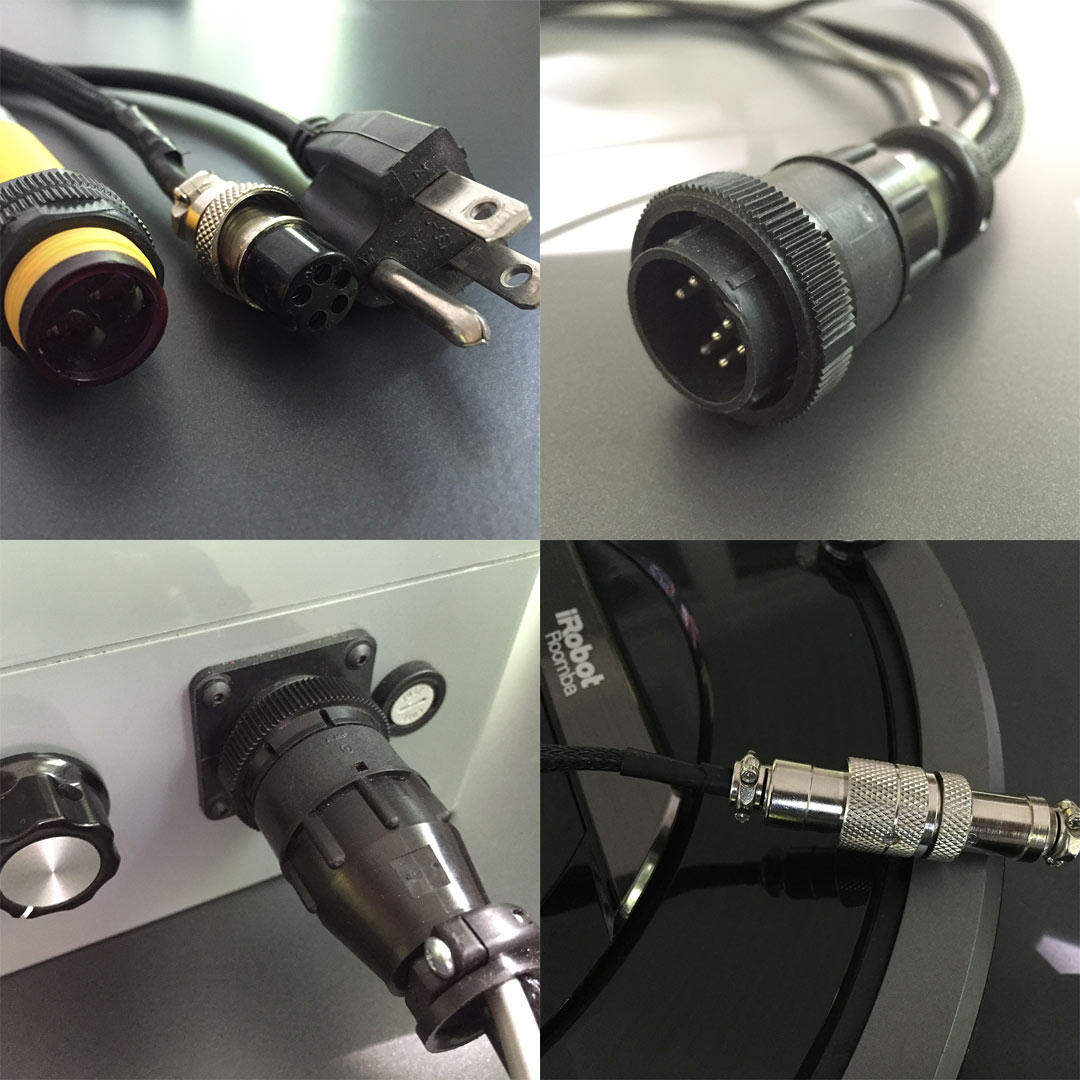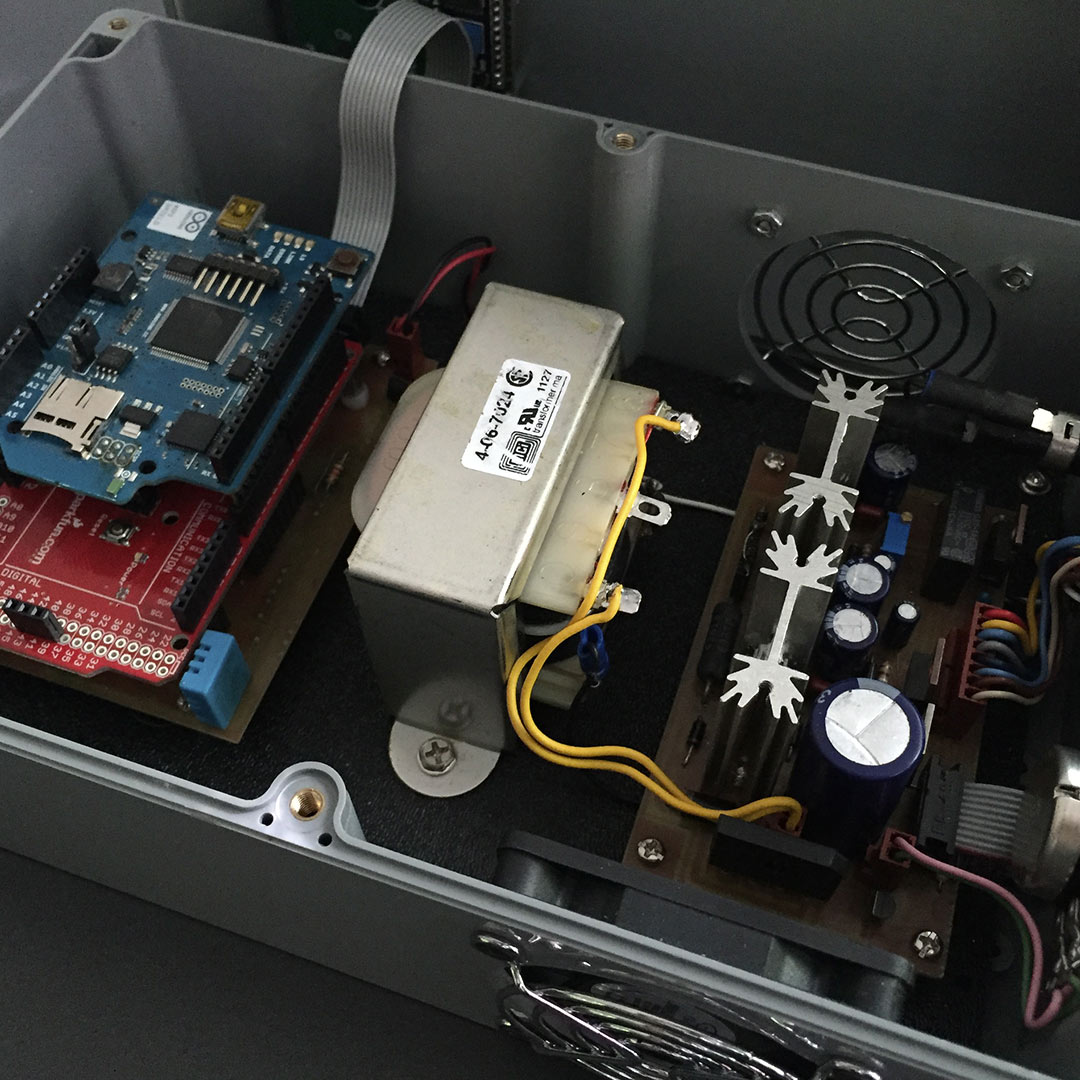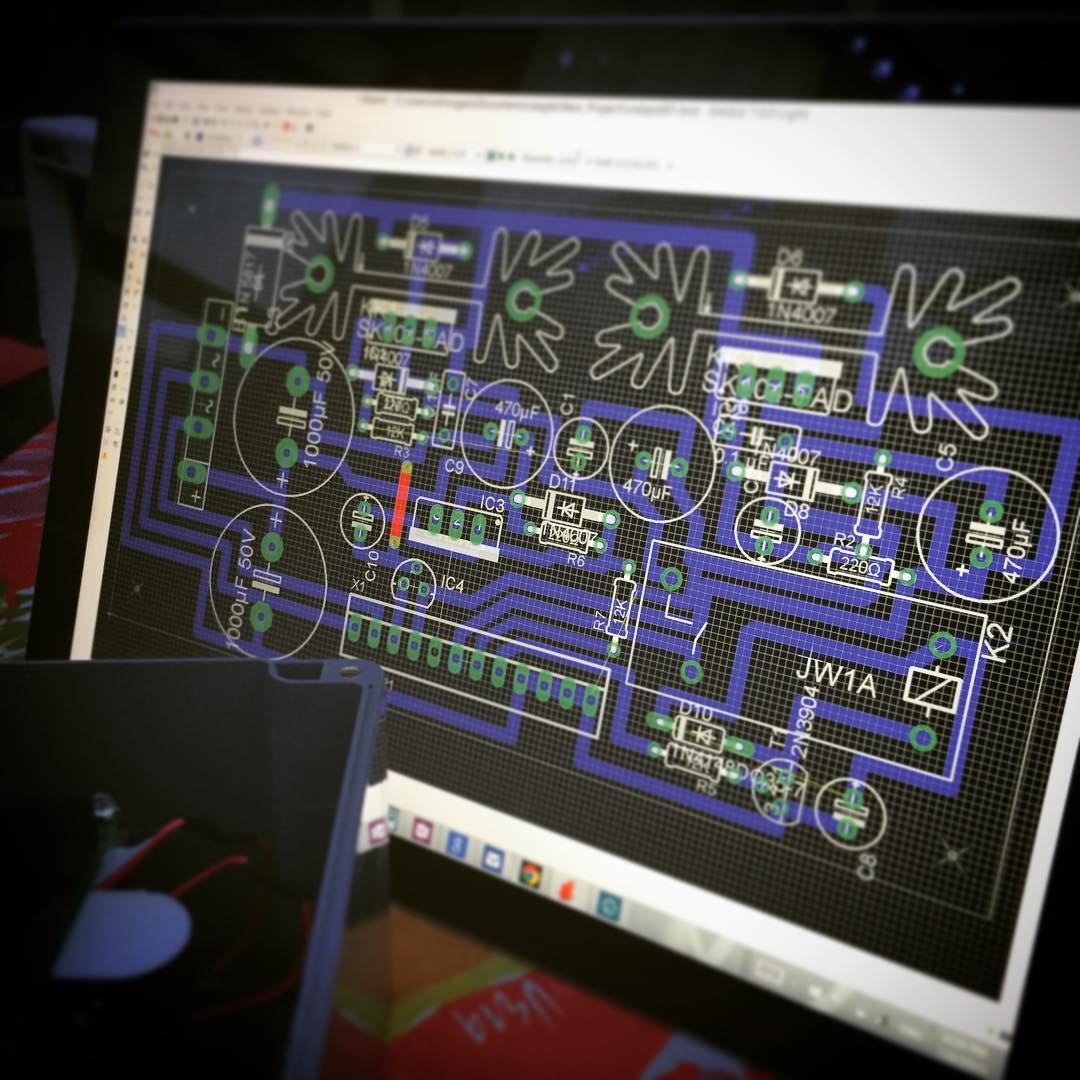Five different agencies were given the task of taking an off the shelf Roomba 880, and turning into an unmanned retail display prototype. Digable was not only able to come back with a complete solution, but they were the only one to come back with anything at all.
“Exceeded expectations on this”
There were very specific requirements for this project. Complete automation, retain aesthetics, and a manufacturing plan to scale. Utilizing off the shelf electronic components, industry standard circuit board design, and extremely efficient programming skills, Digable did all of that, and delivered more than was expected.
We Love Hardware
The Arduino platform was used to control every aspect of the system. A single unit was used to detecting proximity, start/stop the cleaning sequences, changing the mode of the unit for charing, monitoring the temperature of both the Roomba, and the controller box, in addition to relaying analytics to a cloud based dashboard.

Reliable Components
When designing and building devices for public interaction, the need for reliable and rugged components is a must. The less pieces the better, which is why the entire harness required to power the Roomba, controller box, and proximity sensor was combined into a single harness using high quality Amphenol™ circular connectors.

Solid Construction
When deploying unmanned technology, there isn’t any room for error, or anything for that matter. Digable thought through everything that could go wrong and why, in order to come up with the layout of the components in the unit. This included both passive cooling and temperature controlled active cooling.

Plan to Scale
Designing something to be built once is easy. However, designing it for predicable scaling, timing and cost requirements for a nationwide deployment is not. Digable both designed the circuitry in-house, and CNC machined the first prototype board. The resulting designed allowed for each unit’s circuitry to be manufactured in its entirety without any human involvement.

Contribution to Success
The thinking on the unit itself didn’t stop there. Digable brought to light an opportunity that could give the client visibility into both the effectiveness of the display, and its placement within the retail environment. That thinking involved adding a component and code to the setup to allow for communication with centralized cloud analytics page. Each unit could report its performance, in addition to health monitoring to ensure proper operation.

